Top 10 groceries that are becoming more expensive due to new tariffs starting today
Starting today, new tariffs are causing prices to rise on various groceries. Find out which 10 everyday items will cost more and how these changes might affect your grocery bills.
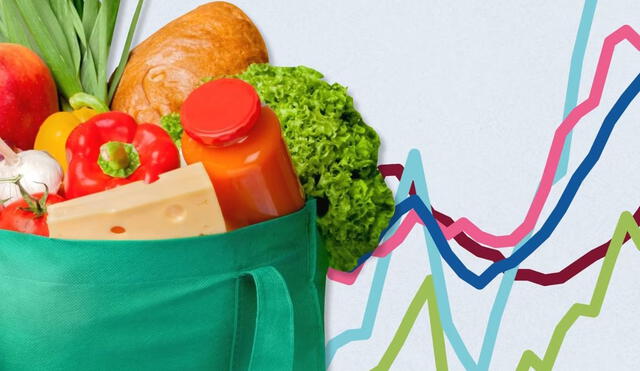
Starting today, new tariffs are being implemented that will significantly impact grocery prices across the U.S. These tariffs are part of an ongoing effort to address trade imbalances, but they come with a noticeable effect on everyday consumers. As a result, shoppers will see increased prices on several common grocery items, which will likely affect monthly household budgets.
The tariffs are set to affect a wide range of food products, from fresh produce to packaged goods. While the changes may seem subtle at first, the overall impact on grocery store bills will become more evident as the weeks progress. Below, we’ll explore the 10 groceries that are expected to become more expensive as the new tariffs take effect and what this means for consumers.
1. Strawberries

Strawberries. Photo: Food Gallery
If you enjoy fresh strawberries in your smoothie or as a topping for pancakes, be prepared for a price increase. The United States imports a significant portion of its strawberries from Mexico. With new tariffs in place, the cost of these imports will rise, leading to higher prices at grocery stores. This price increase may also extend to strawberry-based products like jams, shortcakes, and desserts. Even restaurants may raise prices on fruit bowls and acai bowls to account for the additional costs.
2. Avocados
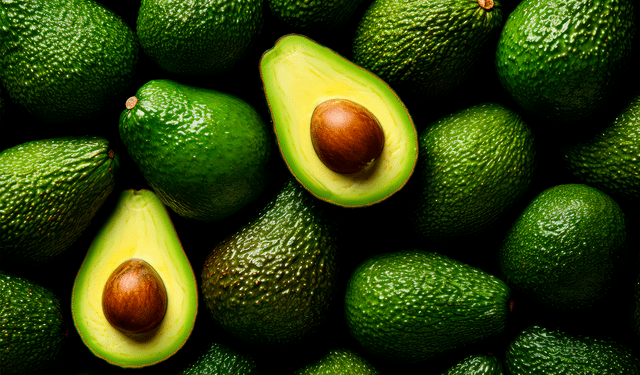
Avocados. Photo: Agro Noticias.
Avocados are already a pricey grocery item, but the new tariffs could push prices even higher. Mexico supplies about 90% of the avocados consumed in the U.S., and with a 25% tariff on imports, the cost is expected to climb. For example, a large avocado that usually costs around US$2.99 could rise to nearly US$3.75. Guacamole, which is already expensive at many restaurants, might also become more expensive, leaving diners with a higher bill for this popular appetizer.
3. Tomatoes
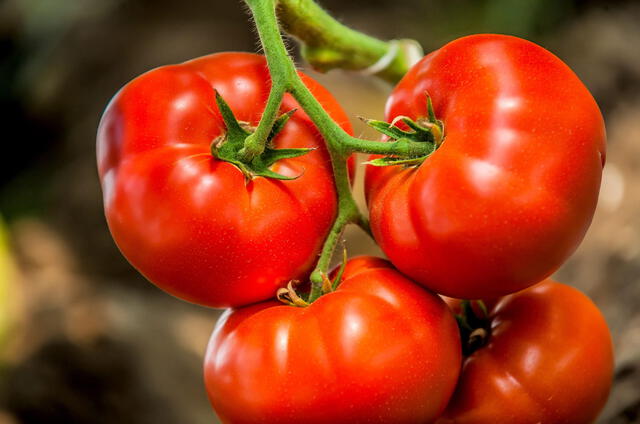
Tomatoes. Photo: Tagawa Gardens
Tomatoes are essential in many dishes, whether it’s for homemade sauces, salads, or sandwiches. Since the U.S. imports a large portion of its tomatoes from Mexico, the new tariffs will likely lead to price increases. This includes not only fresh tomatoes but also products such as salsa, ketchup, and pasta sauces. Restaurants, particularly Mexican and Italian, could be affected, leading to higher costs for pizza, pasta, and chips with salsa.
4. Fresh produce

Fresh produce. Photo: FN Sharp
It’s not just strawberries, avocados, and tomatoes—fresh produce prices overall are expected to rise due to these new tariffs. Mexico and Canada supply a variety of fruits and vegetables to the U.S., including peppers, cucumbers, and berries. If you’re aiming to eat healthy, these price hikes may affect your grocery bill. Additionally, expect restaurants to adjust their pricing for salads, veggie-based dishes, and grain bowls as they face higher ingredient costs.
5. Beer

Beer. Photo: Freepik
Fans of Corona and Modelo will likely notice a price increase in their favorite beers. These popular brands, imported from Mexico, are subject to the new tariffs, which means liquor stores, bars, and restaurants will face higher import costs. As a result, the price of a six-pack or a round at a bar will likely rise. Even domestic beer brands may adjust their prices to compensate for changes in the market.
6. Tequila

Tequila. Photo: CDN
Margarita lovers may soon find themselves paying more for their cocktails. Tequila, a key ingredient in margaritas, is set to become more expensive due to new tariffs. Imported tequila will cost liquor stores and bars more, leading them to raise prices. Whether you're enjoying a margarita at your favorite restaurant or buying a bottle for home use, expect to see a price bump.
7. Meat (including beef)
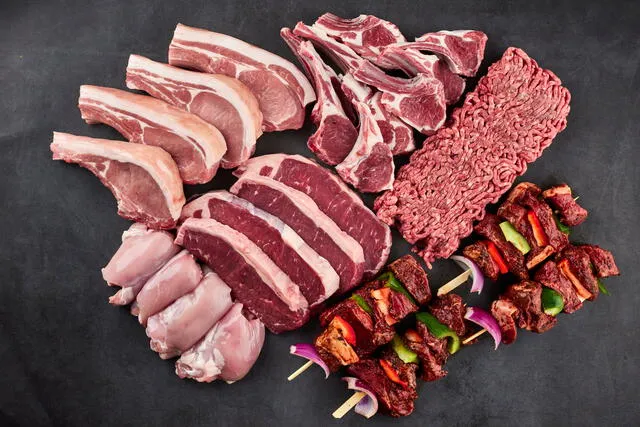
Meat. Photo: Australian Meat Emporium
Beef prices have already been climbing due to inflation and supply chain issues, and these tariffs will likely push them even higher. The U.S. imports a portion of its beef from Canada, and with a 25% tariff, the cost of beef will rise. Whether you're grilling steaks at home or ordering burgers at a restaurant, expect to pay more. Additionally, retaliatory tariffs from Canada or Mexico could lead to price increases for pork and poultry as well.
8. Grains
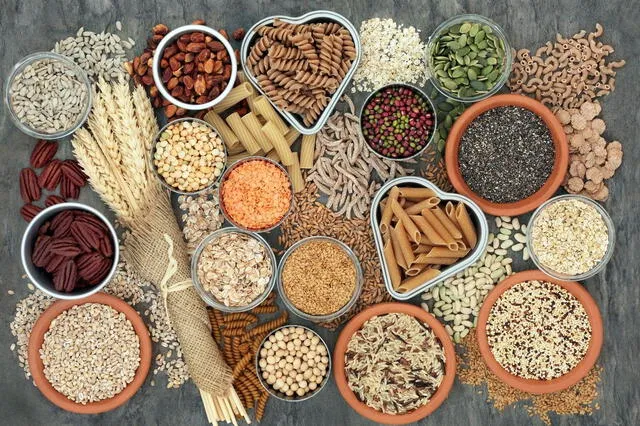
Grains. Photo: Telegram
Grains are a core ingredient in many everyday meals, from cereal to pasta. With tariffs affecting imports of wheat and oats from Canada, the price of grains could rise. This means higher costs for bread, pasta, crackers, and baked goods. Even oatmeal and granola bars might see price increases, impacting those who rely on these foods for breakfast or snacks.
9. Maple syrup

Maple syrup. Photo: Culture Magazine
Maple syrup enthusiasts may find themselves paying more for their favorite syrup. Canada is the largest supplier of maple syrup to the U.S., and the new tariffs will increase the cost of imports. This means higher prices for maple syrup at the grocery store, and those who use it in baking, cocktails, or as a breakfast topping will also feel the pinch.
10. Eggs
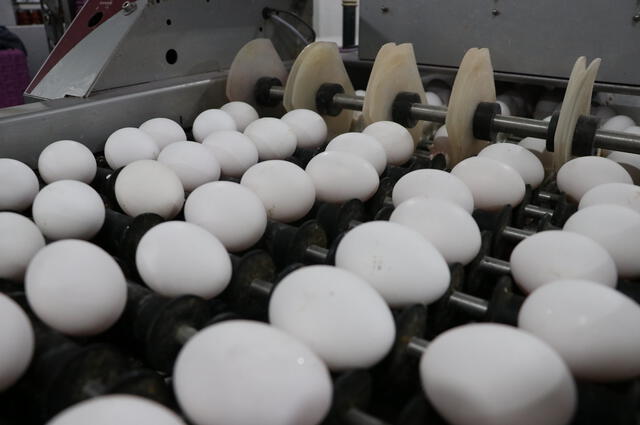
Eggs. Photo: Daily Sabah
Egg prices have been unpredictable due to supply chain issues and avian flu, and now tariffs on imported egg products and chicken feed could lead to even higher prices. While the U.S. produces most of its eggs, some processed egg products come from Canada, meaning those items will be affected. Whether you're cooking breakfast or ordering an omelet at a diner, expect to see fluctuations in egg prices in the near future.














